The eagerness of youth in Kenya to play their part in the spiritual and material progress of their communities was evidenced when some 3,400 young people, arising to answer the call of the Universal House of Justice, arrived at the conference site in Matunda Soy.
They had travelled from the Central West, North West, and South West regions of Kenya on buses and minibuses, called matatus. Organizers for the conference demonstrated flexibility and resourcefulness, characteristic of the Kenyans, as they quickly figured out ways to ensure everyone had something to eat and a place to sleep, staying up well past 1:00 a.m. the day before the conference started. This was indeed a great learning experience of how to serve large numbers of people with efficiency and love.
“Being at the conference has opened my mind to the fact that service extends to more than just giving material possessions; I have energy, time, and some basic skills which I will now use to be of benefit to my community.”
A participant at the conference
As the rising sun brightened the lush forest and bountiful farmland surroundings, the first day began with joyful and energetic singing by a group of participants in Luhya and Swahili, two of the languages spoken in this part of Kenya.
The large turnout was reflective of the community building process being well advanced in numerous villages and towns in this region. In the Matunda Soy area alone, there are over 2,000 adults, youth, and children participating in community activities organized by the Bahá’í community in some 15 villages. Matunda Soy was designated by the Universal House of Justice as one of the first locations around the world for the construction of a local House of Worship. This structure combines two inseparable aspects of Bahá’í life: worship and service. Through the spiritual forces released by the House of Worship, and the conscious exertions to serve humanity made by those around it, can be generated the necessary forces to overcome obstacles facing the community.
While there was a richness of experience already accumulated by many youth in the path of service to their communities, there were many who had recently become involved through the encouragement of their peers. By studying the conference material, they were able to quickly grasp how they could support those younger than themselves through participating in an educational process that builds capacity for concrete acts of service to humanity.
“I have always liked the idea of service but I thought it was something done by people who had money or resources. I come from a village of very many people; I cannot feed or clothe them— that is what I always thought,” one young man said. “Being at the conference has, however, opened my mind to the fact that service extends to more than just giving material possessions; I have energy, time, and some basic skills which I will now use to be of benefit to my community.”
Such is the degree to which this process has permeated Matunda Soy, and fostered sincere bonds of friendship among the generations living there, that more than 200 children and younger youth could not bear to be separated from their older friends and came along. While the older ones studied, some of the adults present volunteered to sing and organize activities that reinforced the moral values the younger ones were learning in their interactions with the youth.
The participants, too, displayed their enthusiasm when some started studying the materials immediately after receiving them, before the formal sessions had even started. One group of girls continued to discuss the themes together in their dorm room late into the evening of the first day. Through conversation in such informal spaces and during the workshops, participants examined their assumptions, expanded their thinking, and clarified their vision. For example, they considered that while young people are often seen as rebellious, “the period of youth is a time in which spiritual capacities are growing,” in the words of one participant.
As those gathered enthusiastically prepared to share their insights when they returned home, they reflected on the nature of the bonds of mutual support that they must build in order to welcome the contributions of many more members of their communities: “True friendship is when we are concerned about our friends’ well-being … whether in difficulty or in happiness you are still together.”
MORE HIGHLIGHTS:
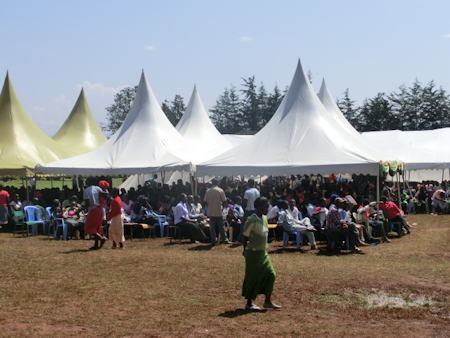
Some of the 3,400 young community members who came together for the conference in Matunda Soy
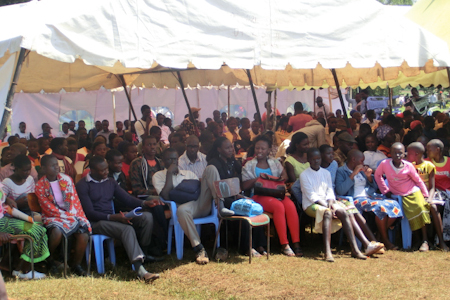
The conference was an opportunity for the participants to reflect together about the contribution they can make to the spiritual and social development of their communities
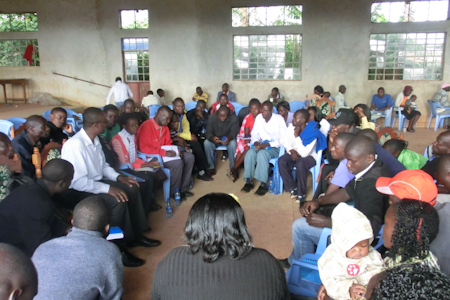
One of the large workshops group studies the material together
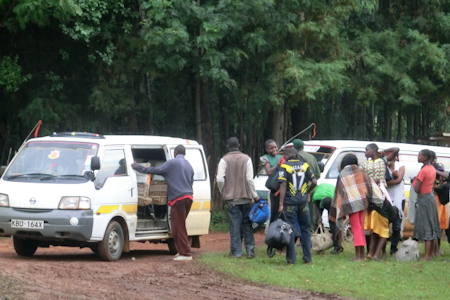
Participants travelled on buses and matatus, vehicles with capacity for 14 people
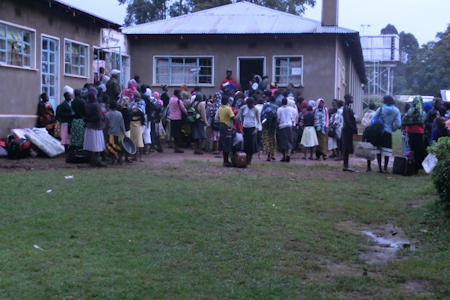
Participants assembled outside of Moi Girls’ Secondary School, where the conference was held

Tents were set up to shelter groups of participants outdoors
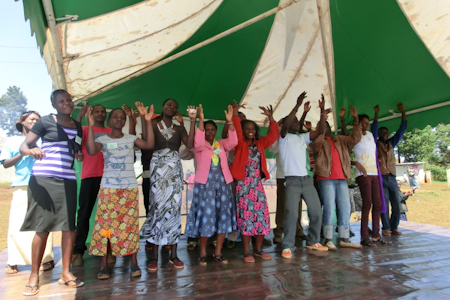
A group of youth performs a song for their fellow participants
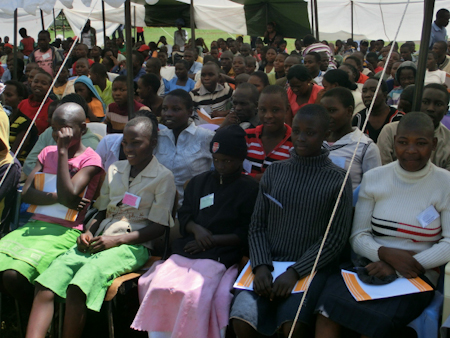
A joyful spirit imbued the atmosphere
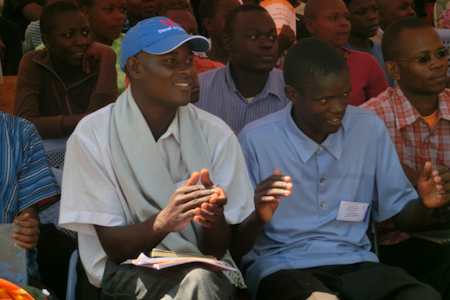
Collective singing warmed the hearts of all gathered

Joy and energy were clearly evident in the artistic presentations
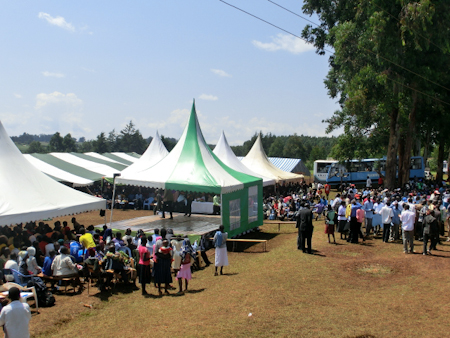
Organizers for the conference demonstrated flexibility and resourcefulness to accommodate the large number of participants

Workshop groups shared insights gained from their sessions
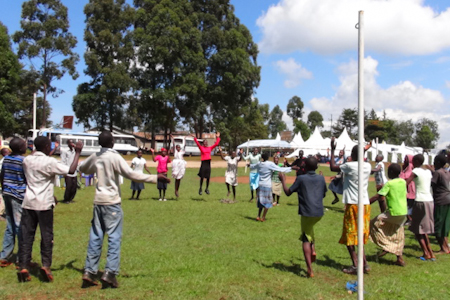
Participants enthusiastically organized activities inspired by the themes they were studying
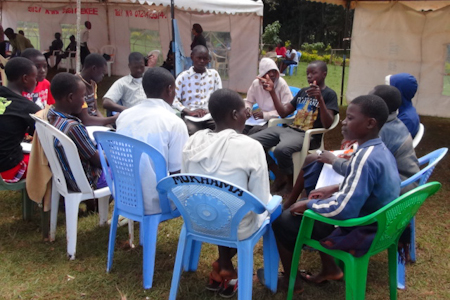
One of the participants shares his insights during a workshop session
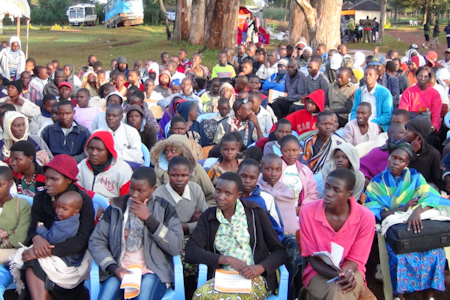
Participants had travelled from the Central West, North West, and South West regions of Kenya
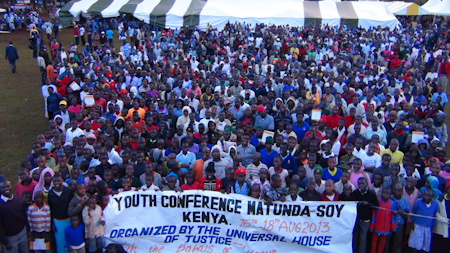
Some of the participants at the conference